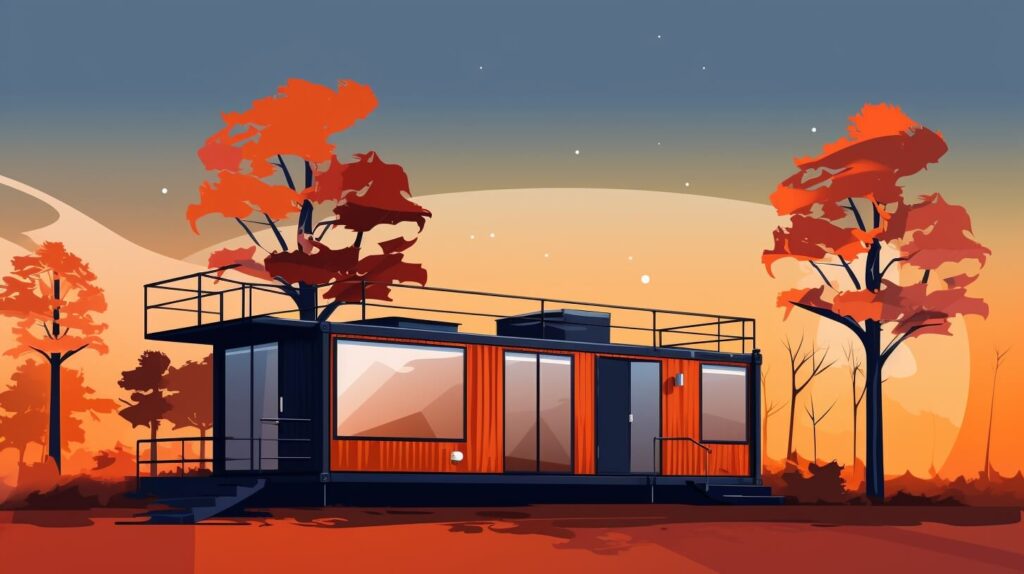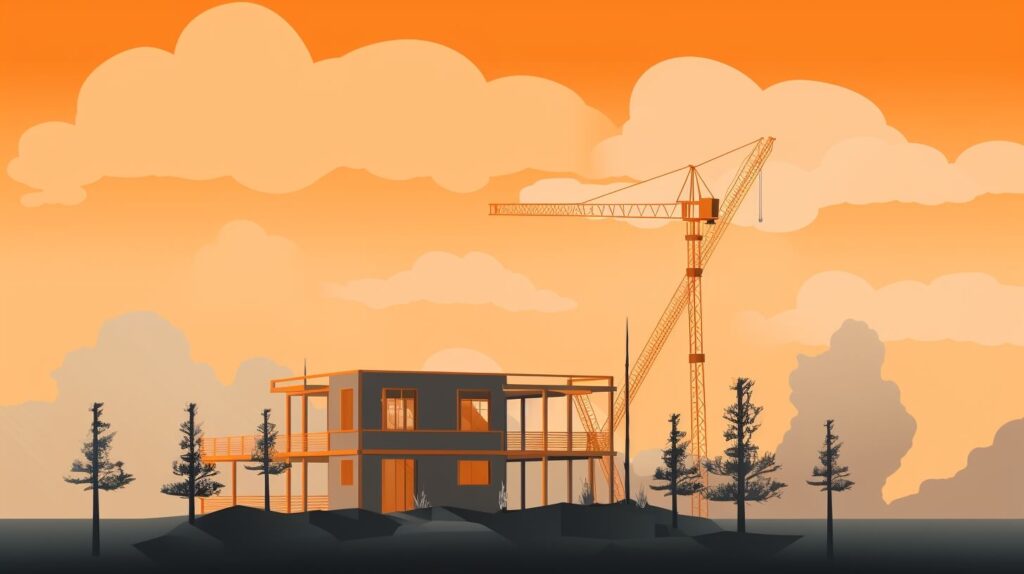
We are reader-supported. When you buy through links on our site, we may earn an affiliate commission.
As the global population continues to skyrocket, the construction industry struggles to keep up with the rising demand for infrastructure. It doesn’t seem this will change anytime soon, either. Researchers predict that the world population will reach roughly 9.7 billion by 2050. Sustainable construction is quickly becoming the way of the future.
If the construction industry continues to use nonrenewable resources and turn a blind eye to energy consumption, the climate crisis will only worsen and eventually, we’ll run out of basic building materials like steel, aluminum and timber.
Luckily, there has been a recent shift to more sustainable practices in both construction and demolition. As these trends become more mainstream, they’ll undoubtedly change the industry for the better.
Zero Energy Buildings
Achieving net zero energy is an ambitious goal, one that has gained momentum on both a national and global scale in recent years. Even the U.S. has a goal for all commercial buildings to attain zero energy by 2050. To actually accomplish this, these buildings would have to produce just as much energy as they consume — if not more — each year.
Often, this involves smart and passive designs, super-sealing, top-of-the-lie insulation and energy-efficient appliances and ventilation systems. All of these systems and strategies are relatively new in the construction industry and are helping contractors and architects rethink the way they design and construct buildings.
Salvaging and Reusing
Demolition projects generate about 90% of all construction waste in the U.S. Yet, the construction industry can potentially reuse much of what they deem waste. For instance, materials like aluminum, copper wiring and timber are all reusable, meaning workers can carefully salvage them from a demolition and use them to complete their next construction project.
Salvaging and repurposing these materials in such a way is incredibly important as they aren’t renewable. If the industry continues to simply toss them after a single use, they’ll soon completely deplete these resources. By reducing consumption now, the industry can ensure there are enough materials to continue building into the future.
Alternative Building Materials
Additionally, many construction companies are beginning to use alternative building materials in place of non-renewable resources or those that involve mining or deforestation to procure. For example, bamboo has recently become one of the trendiest and most sustainable materials in construction. The plant can grow 60 centimeters or more daily, so the industry can harvest and use it without fear of overconsumption or running out.
Many industry leaders also incorporate recycled plastics, wood, metal, glass and other materials into construction projects. Researchers are even beginning to create concrete with recycled materials. In fact, this new clag cement is just as strong and durable as cement made with virgin materials as long as it consists of 50% recyclables and 50% concrete.
Water Conservation
The average American uses between 80 and 100 gallons of water each day. Meanwhile, 1.4 billion people don’t have access to clean drinking water. In an attempt to lessen this disparity, many construction companies are looking to conserve water through design and built-in smart systems. For example, newer homes often feature water-efficient appliances like low-flow toilets, showerheads and washing machines.
Dual plumbing and greywater systems are also gaining popularity. This system recovers wastewater from sinks, tubs and showers and redirects it outside for irrigation purposes. Some greywater systems are even capable of recycling water to flush toilets.
Renewable Energy
Last year, the U.S. power sector generated 1,619 million metric tons of greenhouse gas emissions, further adding to global warming and the growing concerns regarding pollution. Meanwhile, renewable resources like solar, wind and geothermal accounted for only 17% of electricity generation, with coal and natural gases still accounting for 60%.
The construction industry is looking to change those statistics by implementing more renewable energy systems. The strategy includes using solar panels, wind power, hydropower and other renewables to generate electricity for residential and commercial buildings. Additionally, many companies are incorporating energy-efficient appliances, LED light bulbs and passive designs to reduce energy consumption in the coming years.
The Future of Sustainable Construction Trends
The construction industry is booming with no plans to slow down. Thus, it’s absolutely crucial the industry continues to test and adopt new sustainable systems and practices as new technologies emerge. From 3D printing to recycled cement, the future holds much potential for sustainable construction.







